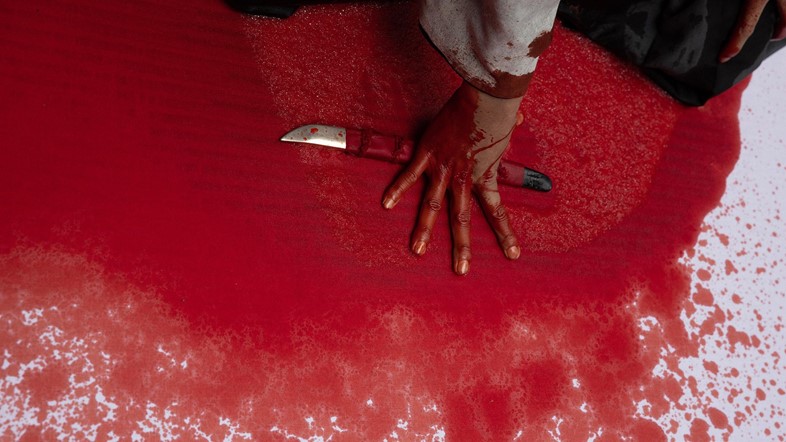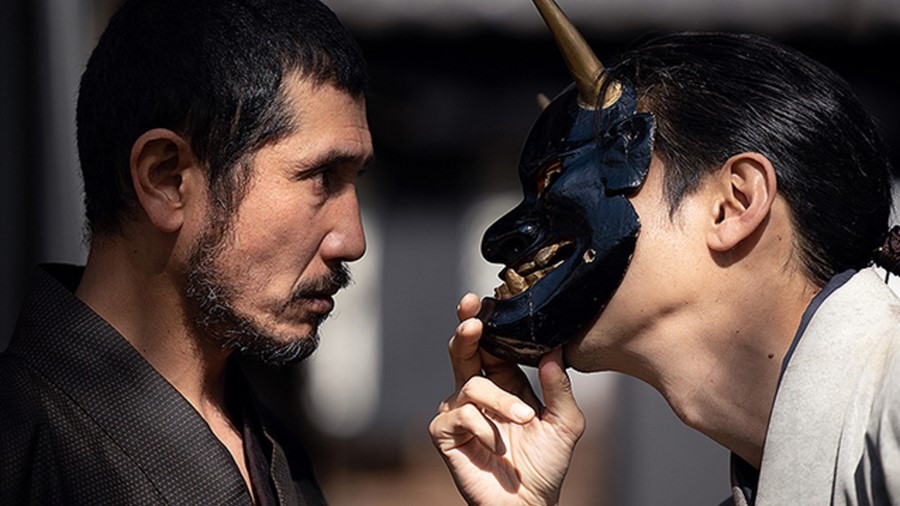James Balmont provides a guide to one of the country’s greatest contemporary cult filmmakers
The past half-century has seen a host of Japanese directors become renowned well beyond their country’s borders. Takashi Miike was notorious as the prolific filmmaking machine behind films like Audition (1999) and Ichi the Killer (2001) – now, he’s one of the most recognisable names in the Japanese film industry. A few years later, he passed on the mantel of Japan’s most controversial director to Sion Sono, who has just released his first Hollywood feature, Prisoners of the Ghostland, starring Nicolas Cage. Two decades after breaking through with films like Maborosi in the 90s, Hirokazu Kore-eda picked up the Cannes Palme d’Or and an Oscar nomination for Shoplifters in 2018, while Y2K J-horror icon Kiyoshi Kurosawa pulled off a similar feat after winning the Venice Silver Bear in 2020, for Wife of a Spy.
By all rights, Toshiaki Toyoda should be eating from the same table as these major figures. But despite being one of the most exciting new directors of his generation in the late 90s, the Osaka-born auteur has found himself on a different trajectory to his more recognisable contemporaries.
In Japan, Toyoda’s reputation as a filmmaker is matched by his infamy as the subject of two well-publicised scandals. In 2005, he was arrested for drug possession weeks prior to the release of one of his most high-profile releases. In 2019, he was arrested again after a second police raid for drugs returned an illegal antique firearm from the Second World War. With both events becoming sensationalist fodder for the tabloids, the director’s career has found itself repeatedly disrupted. If it hadn’t, his star (and profile) would surely have risen much higher.
Toyoda’s work – which has spanned stylised youth crime flicks, meditative dramas, documentaries, low-budget art films, and more – has never strayed too far from specialist film festivals that have ensured him a modest international reputation. But after 25 years in the game, he is now deservedly receiving a long-overdue exposition in the UK courtesy of a series of Blu-ray releases from Third Window Films in October, and a streaming retrospective via Arrow Video’s streaming platform the following month. The journey within is revealing: it’s the story of a riveting filmmaker twice dealt a bad hand, only to rise from the ashes, reinvent and reclaim his mantle as one of Japan’s greatest contemporary cult filmmakers. Here are some of the highlights:
Pornostar, 1998
Toyoda’s 1998 feature debut is, alongside follow-up high-school drama Blue Spring, perhaps the director’s most scathing reflection of real-world anxieties in Japan in the mid-90s. A fiscal calamity was in full-swing as the country’s economy crashed at the end of the 80s, and with university employment rates sinking to just 66 per cent that year, reports of young people turning to crime became increasingly widespread as the youth found themselves unable to fulfil the expectations of their parents.
Accordingly, an influx of films concerning young killers and criminals shaped the country’s filmmaking output, with Battle Royale and Sion Sono’s Suicide Club among the highlights. Pornostar – Toyoda’s vivid, metropolitan debut – was another dynamic, independently-filmed juvenile crime flick. Here, a near-mute and emotionally void outcast cascades across love hotels, games arcades, neon back alleys and yakuza offices, sinking increasingly deep into a world characterised by violence, rejection and hopelessness.
Stone-faced actor Chihara Junia, who portrays the film’s sociopathic lead, provides a perfect visual embodiment of the film’s themes, and the scuzzed-out soundtrack from Japanese band Dip adds to the brooding atmosphere of despondency and alienation. The film’s opening scene, which finds Junia’s nameless disruptor emotionlessly shoulder-barging his way across the iconic Shibuya Crossing in slow-motion, is amplified to stoner-rock nirvana thanks to the band’s heavy, sludge-laden riffs.
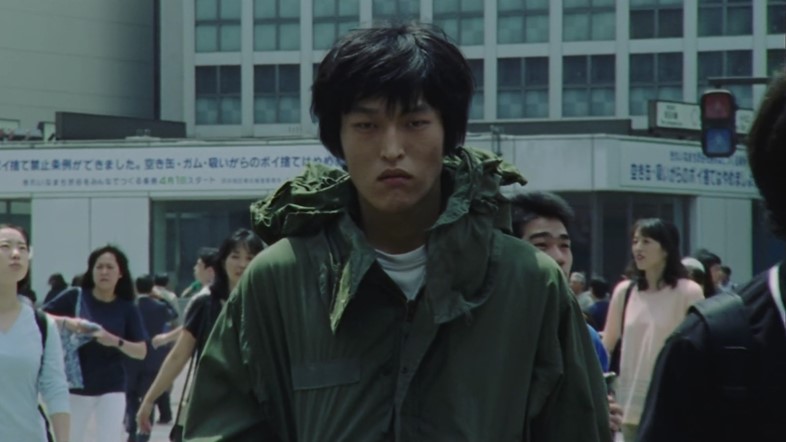
9 Souls, 2003
Toyoda reunited with Junia, and Blue Spring lead Ryûhei Matsuda, alongside an ensemble of recognisable actors from Japan’s Y2K golden era, for this comic and powerful 2003 road movie about a group of escaped prisoners attempting to reconcile with the demons of their past. Among the memorable characters: legendary violent biker Kazuma (Junia), child killer Torakichi (Still Walking’s Yoshio Harada), drug dealer Saruwatari and Shiratori – a dwarf-sized doctor and “master escapist”.
The first half of the movie is a riot of black humour and absurdity akin to David Lynch’s Wild at Heart or the Quentin Tarantino-penned Natural Born Killers. The van-stealing, sheep-shagging, cross-dressing convicts cause chaos as personalities clash internally, as well as with the various civilians they encounter. There are moments of pure comedy, but the film’s real sinker occurs at the midway point, with the tone shifting as the convicts split in hope of rectifying their irreversible wrongdoings, and a string of sullen reveals offering an unexpected emotional punch.
With sensational cinematography, a Sonic Youth-style soundtrack and a cast of unforgettable characters, 9 Souls proved a vibrant turn from a young director on the brink of excellence.
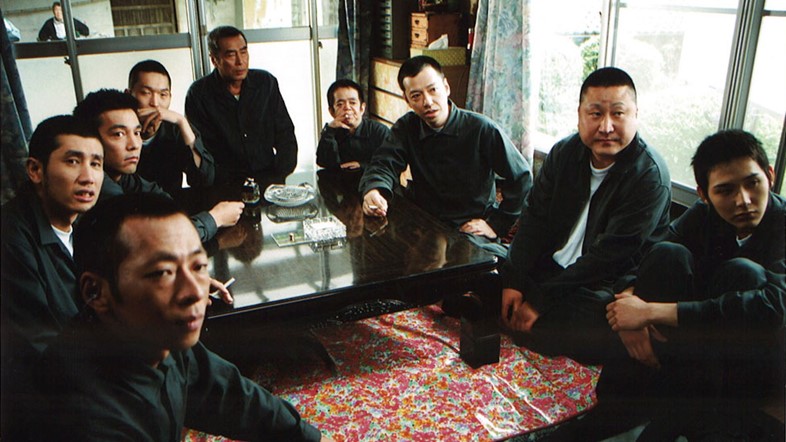
Monsters Club, 2011
Following a highly-publicised arrest for drug possession in 2005, Toyoda was shunned from the Japanese film industry and didn’t make another film for years. But two years after his comeback film, The Blood of Rebirth, he would deliver one of his most fascinating works. Monsters Club is a brilliant take on the American terrorist Ted Kaczynski – better known as the Unabomber – who, motivated by a hatred of society, embarked on a nationwide bombing campaign in the USA between 1978 and 1995 while living a primitive life in the wilderness of Montana.
The film opens in heavy snow within a dense pine forest, where an anonymous figure inside a wooden cabin is seen preparing gunpowder for a homemade explosive, which will soon be shipped out to the CEO of a television network. “Society reprograms people to act against natural instincts,” intones the film’s alarmingly young and isolated subject, as he denounces the various sins of the world across an extended manifesto. The only escape, he concludes, is to “forsake industrial society entirely.” But the kicker in this cold and captivating character study comes soon thereafter, as the Kaczynski-inspired Ryoichi Kakiuchi begins to encounter a strange spiritual entity while also being haunted by the demons of his past. Thus, what begins as a lonely and pensive exploration into the mind of a disturbed criminal soon becomes something much deeper and more affecting.
It’s all accentuated by the film’s stunning, cold cinematography, as well as a score of solitary, Neil Young-esque guitars reminiscent of another visceral film journey across the wilderness: Jim Jarmusch’s acid western Dead Man.
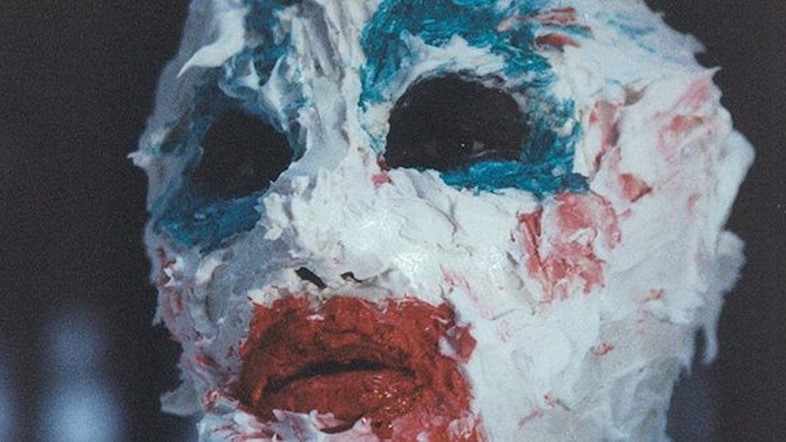
I’m Flash, 2012
The cold, desolate mountains are swapped for the Pacific seaside idylls of Okinawa in Toyoda’s pensive 2012 follow-up to Monsters Club. The film stars Tatsuya Fujiwara (Battle Royale) as the leader of a popular religious sect who kills a motorcyclist in a traffic accident, but escapes mysteriously unharmed himself. Hawaiian shirts, taco rice and sandy beaches serve as the atmospheric backdrop to this powerful and contemplative drama, which features an ambiguous narrative, stylish camerawork and vivid photography.
The constant presence of the deep, blue ocean would have even greater meaning for Japanese audiences – the devastating Tōhoku earthquake and tsunami occurred only a year prior to the film’s release. The theme of death, likewise, is prominent throughout, but the Okinawa setting – a favourite of 90s crime auteur Takeshi Kitano – is the most vivid facet of I’m Flash. And like Kitano’s works, the film also incorporates character types and plot elements of the gangster genre, only to subvert them in favour of something more complex and contemplative.
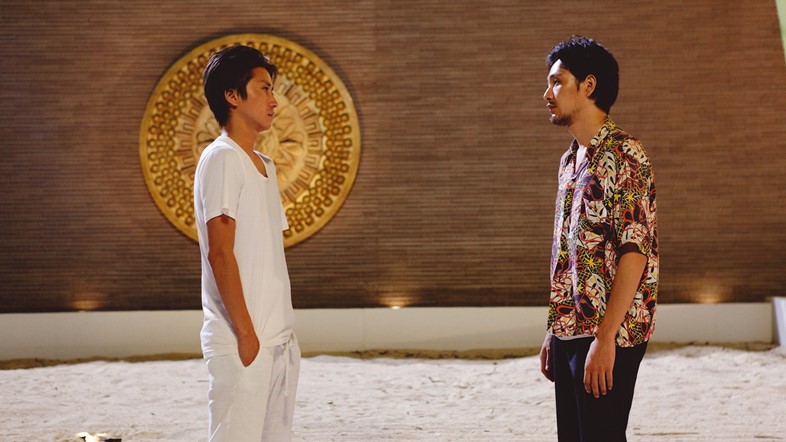
Go Seppuku Yourselves, 2021
The final short film in Toyoda’s cryptic “Resurrection trilogy” was released only a few months ago in Tokyo, and while scant in length it is profoundly impactful. Taking square aim at the authorities for their perceived mishandling of the coronavirus pandemic, this politically charged period piece takes no prisoners.
A masked, red-robed figure severs his pinkie finger at a temple. Ear-splitting audio rumbles in the background, creating an atmosphere of shaking tension. “Epidemic get you too?” Asks one of the patrons of the magnificent Mt Resurrection-Wolf. These moments are the precursor to Go Seppuku Yourselves’ grand spectacle: an outsider accused of poisoning the village well blames the governing magistrate for the spread of a plague, and in response he is ordered to commit seppuku (self-disembowelment).
The climactic ceremony is observed unflinchingly, as the magnetic Yôsuke Kubozuka delivers long monologues on his knees in a series of unbroken shots. He picks up his knife, and claims he’ll be reborn as a beast – a metaphor, perhaps, for the director’s own shocking resurrection after a second public scandal disrupted his career in 2019.
